Pistachio
Pistachio nuts have been regarded to be the mantra for good health and well-being since ancient times. The best part is that these nuts also happen to wonderfully delicious.
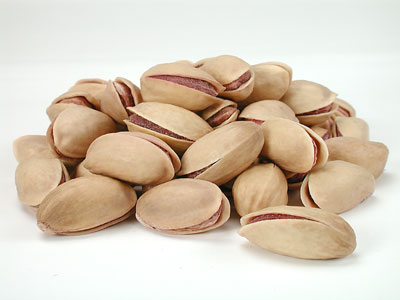
Pistachio
Table Of Content
Packed with essential vitamins, minerals and nutrients these nuts have been credited with the ability to fight cholesterol and several other harmful diseases.
Amongst the many cultivars of the pistachio nut, ‘kerman’ is by far the most popular variety.
Scientific Name of Pistachio
Pistacia vera is the scientific name of pistachio.
Pistachio Description
A pistachio nut is actually a drupe. The seed that is somewhat elongated in shape happens to be edible part. It is also important to remember that pistachios are culinary nuts; they are not botanical nuts.
These nuts grow in clusters somewhat like grapes bunch.
Size: The fruit kernel roughly measures 1 inch lengthwise; it is ½ inch in diameter.
The size of these nuts is generally calculated by the number of nuts as per ounce. For example, one ounce of Iranian pistachios will contain 18 to 40 nuts. This varies according to different cultivars.
Color: One will notice that the seed’s outer skin is mauve. The flesh however is light green in color.
The shell of the pistachio is originally beige in color; however in the case of commercial pistachios it may have been dyed red or green.
When the fruit is fully ripe the shell splits halfway exposing the seed inside. This phenomenon is called dehiscence and the pop is pretty audible when this happens.
Flavor: The edible flesh of the pistachio nut has a distinct flavor that makes this culinary nut so popular.
Pistachio Tree
The pistachio tree or bush is about 33 feet (10 meters) tall, when fully grown. It is interesting to note that these plants are dioecious in nature meaning there are separate male and female trees.
This tree bears apetalous flowers that are recognized by the absence of petals. These flowers are unisexual.
Pistachio Distribution
Pistachio plants are grown in a large scale in Syria, Iran, China, Turkey, Greece, India, Pakistan, Egypt and Turkmenistan. These nuts are also grown in USA especially in California.
Pistachio Cultivation
Soil: Pistachio trees can fairly withstand saline soil characteristic of a desert plant. As a matter of fact, irrigation with water that has 3000-4000 ppm of soluble salts, works wonders for the growth of this plant. Well drained soil is essential for these trees.
Temperature: Hot, dry climates with moderately cool winters are highly favorable for the pistachio trees.
During summers, these trees flourish in temperatures of approximately 40°C (104°F). While temperatures of and in between −10°C (14°F) during winters will be ideal for the growth of these trees.
Conditions of high humidity do not favor the growth of these trees.
Sunlight: It is necessary to plant the tree in a sunny position whereby it receives ample sunlight. The fruits ripen fast in long and hot summers.
Water: Please note that the roots of this tree are likely to rot, if subjected to too much water without well drained soil.
Harvest
Pistachio trees are planted in orchards. It takes almost 7 to 10 years for these trees to yield fruit. Harvest tends to be bulkier in alternate years. It requires a long period of 20 years in order to reach the summit of production.
Shaking equipments have to be employed to shake the nuts off the tree. Hulling and drying is followed by the process of sorting out the nuts; closed mouth and open mouth shelled nuts are sorted out separately. Thereafter, these nuts are roasted or processed by specific machines for the production of pistachio kernels.
Pruning helps reduce the size of trees, thereby making the process of harvesting easier.
Pistachio Nutritional Value
Apart from being ridiculously delicious these nuts are also packed with essential protein, vitamins and minerals.
Enlisted below is the nutritional content of pistachio nuts. The information provided is as per 100 grams of pistachio nuts.
- Energy – 557 Kcal
- Protein – 20.60 g
- Dietary Fiber – 10.3 g
- Carbohydrates – 27.97 g
- Total fat – 44.44 g
- Cholesterol – 0 mg
- Vitamin A – 553 IU
- Vitamin C – 5 mg
- Riboflavin – 0.160 mg
- Niacin – 1.3 mg
- Pantothenic acid – 0.520 mg
- Sodium – 1 mg
- Calcium – 107 mg
- Potassium – 1025 mg
- Magnesium – 121 mg
- Phosphorus – 376 mg
- Zinc – 2.20 mg
Pistachio Health Benefits
Help to Fight Cholesterol
Research reveals that regular intake of pistachio nuts can destroy cholesterol, thereby reducing the chances of getting a stroke or heart attack. These nuts are known to be rich in mono-unsaturated fatty acids and are also a great source of antioxidants; as such they give rise to a very healthy blood lipid profile by lowering lipids and lipoproteins. The first qualified health claim of the Food and Drug Administration (FDA) that got published in July 2003, states: “Scientific evidence suggests but does not prove that eating 1.5 ounces (42.5 g) per day of most nuts, such as pistachios, as part of a diet low in saturated fat and cholesterol may reduce the risk of heart disease”.
Excellent Energy Source
A mere 100 grams of pistachio nuts contain 557 calories! Packed with essential nutrients, vitamins, minerals and antioxidants, these nuts are a great source of energy.
Protect the Skin
This fact will come as a surprise to many who do not know that consuming pistachio nuts can work wonders for your skin. The vitamin-E content (especially rich in gamma-tocopherol) present in these nuts are excellent antioxidants that protect the skin’s cell membrane from harmful oxygen free radicals.
Rich Source of Antioxidant Compounds
Moreover, pistachio nuts also contain several phyto-chemical substances like vitamin E, carotenes and polyphenolic antioxidant compounds responsible for promoting an overall antioxidant activity. It is the presence of these very compounds that help our body to get rid of toxic oxygen free radicals that can cause deadly cancers and infections.
Contains Essential Minerals like Copper
An excellent storehouse of minerals, consumption of 100 grams of pistachio nuts can provide 144% of daily required level of copper. Copper is one such mineral that is highly essential for metabolism and red blood cell (RBC) synthesis.
Emollient Properties
Pistachio nut oil is known for its softening and soothing properties, especially for the skin. Nonetheless, it is very effective in protecting the skin from dryness. Apart from this, it is also used as a ‘carrier or base oil’ in aromatherapy and message therapy especially curtailing to the cosmetic industry.
Pistachio Availability
These nuts are available in markets throughout the year. The best part is that pistachios are available in a variety of forms salted, sweetened, shelled, unshelled etc. It is always advisable to go for the ones with shells or ‘unshelled’ nuts rather than the processed variety.
Storage
The unshelled (with the shells) pistachio nuts are to be kept in a cool and dry place. However, it is necessary to store the shelled ‘kernels’ in a refrigerator inside airtight containers; or else the nuts might turn rancid.
Pistachio Uses
Culinary Use
Similarly like most edible nuts, pistachios are also generally eaten by cracking the shells open. One can also enjoy its flavor in salted, sweetened or roasted forms.
The delicious pistachio nut flavored ice-cream is a big hit devoured by people around the world.
Pistachio paste and pistachio butter is prepared using these nuts.
There are several confections including baklava, pistachio halva or biscotti that are also prepared using pistachio nuts. Most of these pastry preparations belong to Middle East countries like Turkey, Iran and Armenia.
The pistachio salad is common and popular in America. This mouthwatering and nutritious salad is prepared using pistachio pudding or fresh pistachios, canned fruit, whipped cream and cottage cheese.
A variety of sweet dishes are prepared with these nuts in South-East Asian countries like India and Pakistan. The term ‘pista’ is derived from the Hindi language.
Pistachio Interesting Facts
- These particular pistachio nuts are often confused with other species belonging to the same genus Pistacia. The basic traits that help one distinguish the culinary pistachio nuts from others is by the size, smell, absence of hard shell and also the geographic distribution. Other nuts are attributed with a strong turpentine flavor and are also smaller in size.
- One pistachio tree yields around 50 kg of seeds on an average, every two years.
- The word pistachio traces its origin from the medieval Italian ‘pistacchio’ which in turn is derived from classical Latin ‘pistacium’ and takes its roots from ancient Greek ‘pistakion’ and ‘pistake’. It is further believed that the Greeks derived that word from Middle Persian.
- The pistachio tree is believed to have originated from Iran (Persia).
- The title of being the top most pistachio consumer in the world goes to China with an annual consumption of 80,000 tons! The United States, Russia and India respectively occupy the remaining second, third and fourth places.
Pistachio Side Effects
It is likely for sensitive individuals to suffer from the pistachio nut allergy after the consumption of these nuts. The allergy is associated to the presence of a chemical compound known as anacardic acid (urushiol) in these nuts.
Reaction symptoms of this particular kind of allergy may range from mild to extreme. Mild symptoms may involve simple skin itching or hives. However, in cases with severe anaphylactic manifestations the patient may experience breathing difficulty, vomiting, abdominal pain and diarrhea.
Individuals who are allergic to nuts and fruits of anacardiaceae family like cashew nuts and mango are likely to be allergic to the pistachio nut that also belongs to the same family. Therefore doctor’s consultation and supervision is highly recommended in such cases.
Pistachio Pictures
Take a look at some pictures of the delicious and healthy pistachio nuts.
Reference:
https://www.newworldencyclopedia.org/entry/Pistachio
https://www.verywellfit.com/pistachio-nutrition-facts-4582453
https://www.verywellfit.com/pistachio-nutrition-facts-4582453
http://www.nutrition-and-you.com/pistachio.html
https://www.telegraph.co.uk/recipes/0/pistachio-cookies-recipe/
- by baishakhee
- January 16th 2012

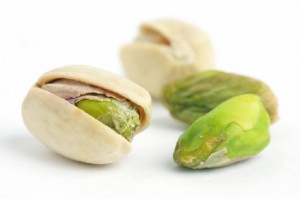
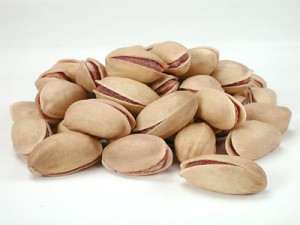
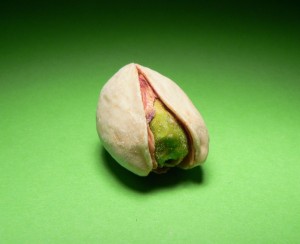
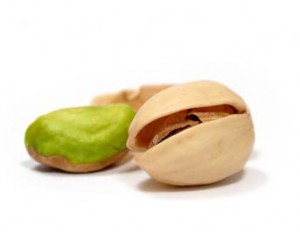
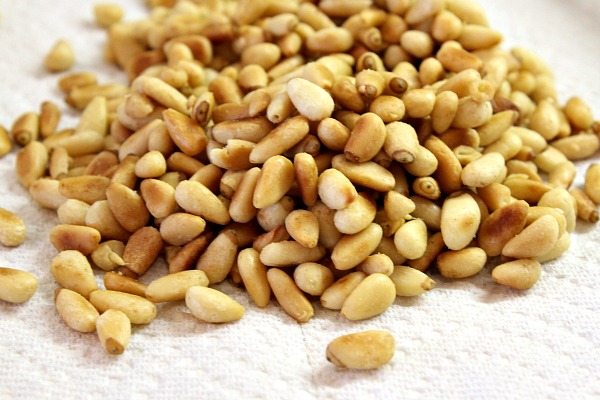

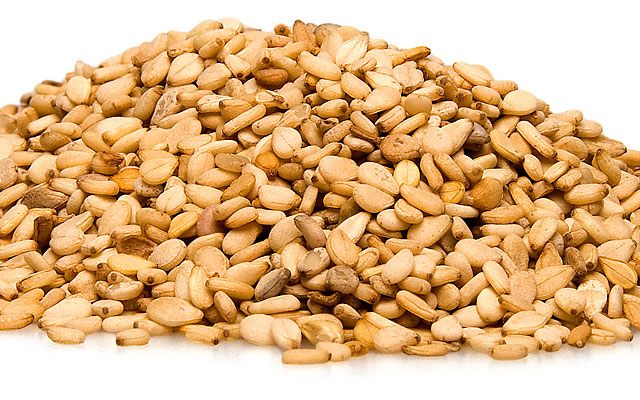
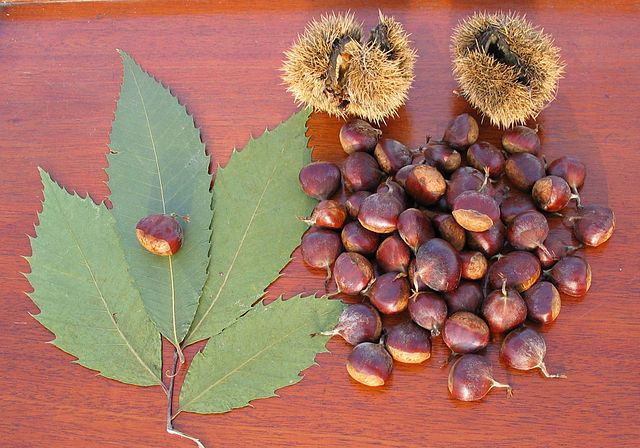
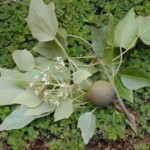
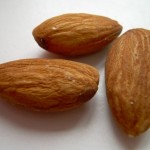
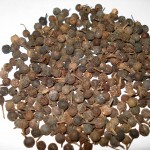
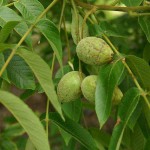
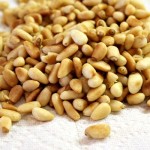
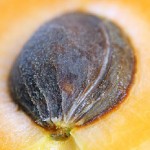
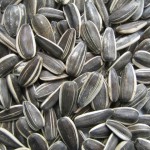
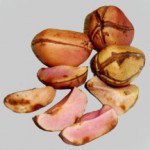
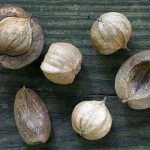





Leave a Reply